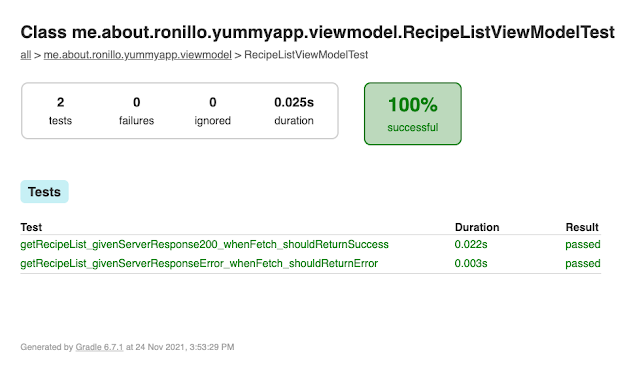Optimizing SwiftUI Widget Performance with Memory Caching
In SwiftUI widget development, optimizing performance is paramount for delivering a seamless user experience. One key aspect of optimization involves avoiding network calls or heavy data fetching directly within the SwiftUI view body. In this blog post, we'll explore the importance of separating data fetching from the view layer and demonstrate how memory caching with MemoryCacheManager can significantly enhance widget performance.
Introducing MemoryCacheManager:
MemoryCacheManager is a robust cache manager designed for Swift iOS applications, offering efficient in-memory caching capabilities. It provides a streamlined approach to data caching, enabling developers to optimize widget performance while adhering to best practices for SwiftUI development.
Features:
- Tailored for SwiftUI Widgets: Designed to meet the unique needs of SwiftUI widget development, MemoryCacheManager ensures swift and responsive widget loading by efficiently caching data.
- Flexible Key-Value Storage: Store any type of data (value) associated with a unique identifier (key), making it ideal for caching various types of widget content, including text, images, and more.
- Expiration Support: Set expiration times for cached items, allowing automatic removal of stale data and ensuring that widgets always display the latest content.
- Enhanced Widget Performance: By caching data before displaying it in SwiftUI widgets, MemoryCacheManager significantly improves widget load times, resulting in a smoother user experience and increased widget usability.
- Easy Integration: Seamlessly integrate MemoryCacheManager into your SwiftUI widget projects with minimal setup and configuration, allowing you to focus on creating compelling widget experiences. Simply copy and paste the code below into your SwiftUI widget project.

Comments
Post a Comment